Eco-friendly green habits are important in every part of your home, including your garden. It may not seem it but the garden can also be a place of great waste: from water to food to materials. However, we're here to share some simple ways of creating an eco-friendly garden that is also beautiful.
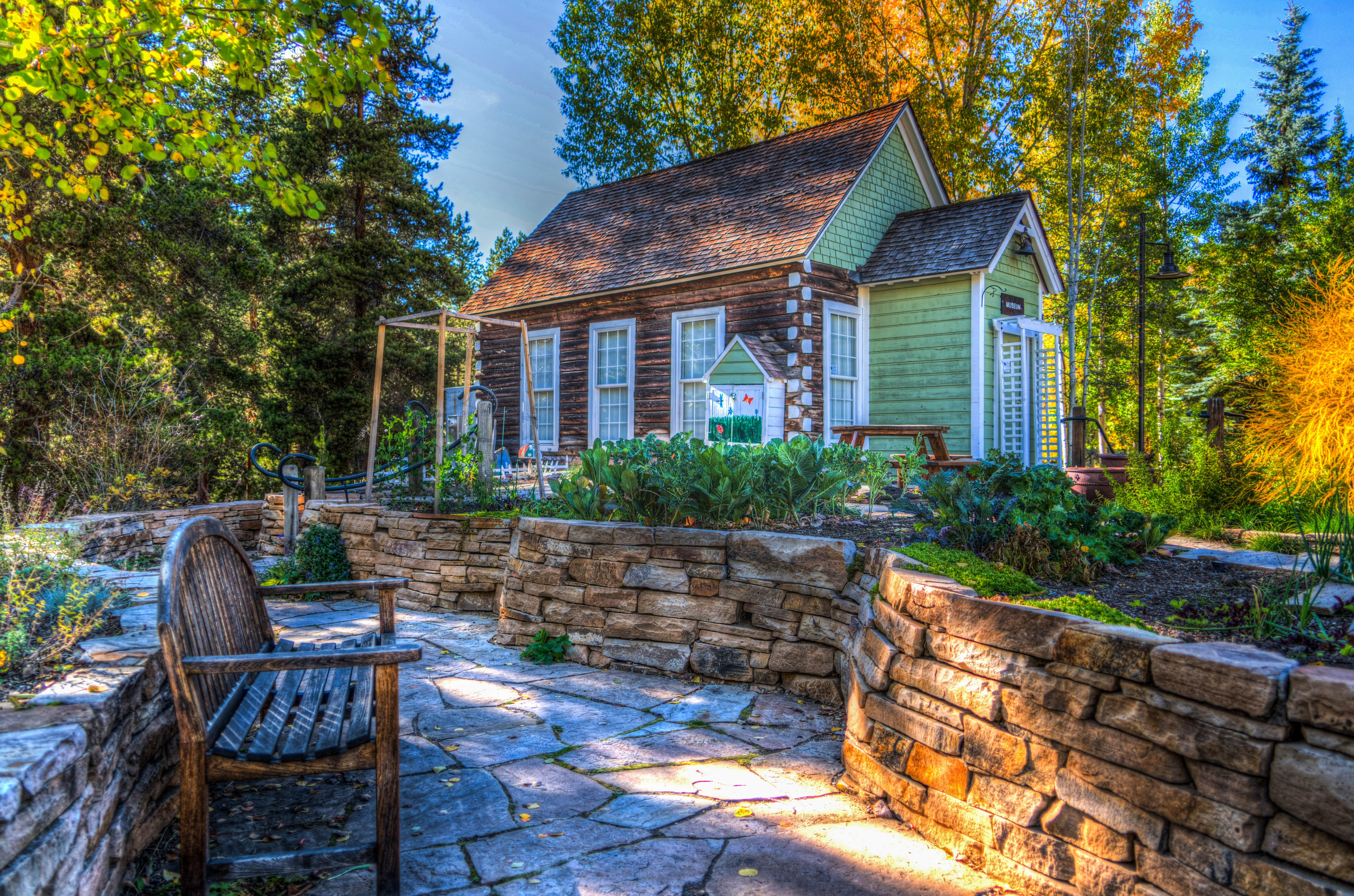
Drought Tolerant Landscaping:
Despite all the winter rain, drought tolerant landscaping is a great way to be green. Plants such as agave, lavender, succulents, sage and yarrow are easy to maintain and require very little water. By planting drought tolerant landscaping you can save anywhere between 40-60% of the water you normally use.
As you plan your garden, it’s important to take an inventory of your existing landscape. Some of your plants may already be drought tolerant. If you aren’t sure about the shrubs, trees or flowers in your garden, there’s an app for that or ask your local nursery about them. You don’t always need to start from scratch. Becoming a more informed gardener can help save you time, money and water.
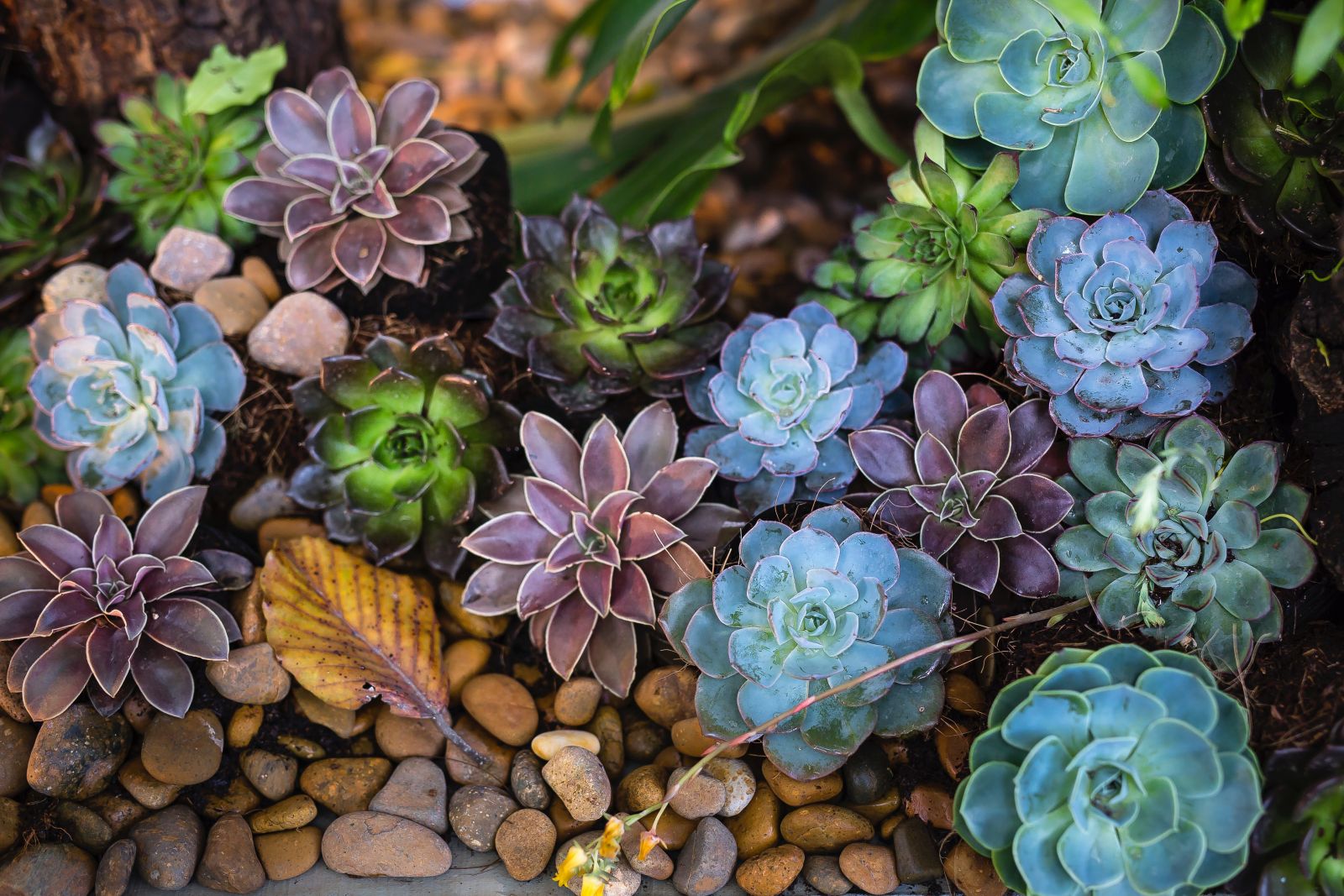
Drought Tolerant Ground Cover:
There are some tricks you can implement to make better use of the water you do use. Using drought tolerant ground cover around bigger plants and bushes can help to reduce the need for extra watering. Ground cover shades the area around your plants and locks in moisture. Some drought tolerant ground cover to consider: creeping rosemary, ice plants, spanish daisy, rocks, bark or even gravel.
Greywater Systems:
Consider installing a greywater system in your home. Greywater is water from washing machines, showers, bathtubs and bathroom sinks. It may contain some soap, salt, hair, or bacteria but is clean enough to water plants. Installing a greywater system can decrease water use by 16 to 40 percent depending on the site, in turn decreasing your water utility bill. Zip Code East Bay recently put on a hands-on greywater workshop. If you’re interested in attending an upcoming workshop or would like our informational booklet on greywater please see our workshop page.
Rainwater Harvesting Systems:
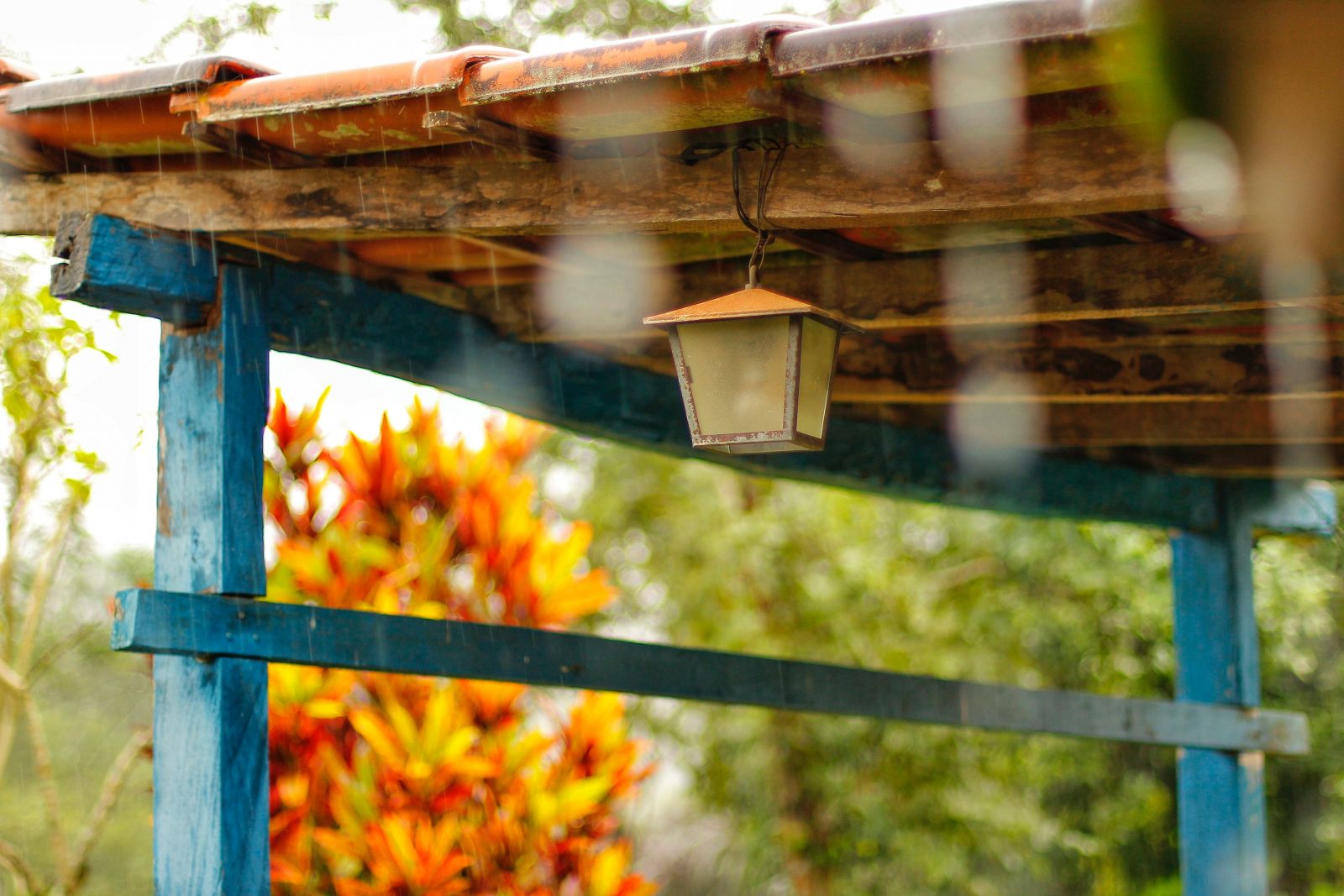
Consider installing a rainwater harvesting system. Rainwater harvesting is different from greywater collection. Rainwater harvesting is the capturing of run-off from a structure (usually a roof). The water is then collected into a storage container for later use. Rainwater is relatively clean (plus free!) and can be used in the house and garden. Rainwater systems can cost as little as $50 for a simple rain barrel to over $10k for a more elaborate system that involves treatment of the water to make it potable.
Compostable Pots:
If you’re buying your plants from a nursery, research those that have compostable pots instead of plastic or find a store that allows you to return your used containers for reuse. Throwing away plastic plant containers can be incredibly wasteful, especially if you’re buying a large quantity. If you are growing from seed and need biodegradable container options, this post has a lot of great ideas.
Create Your Own Organic Fertilizer:
Homemade fertilizer is as accessible as your compost bin. Used coffee grounds, egg shells and lawn clippings all provide excellent nutrients for plants. This post is a great resource for how to create your own organic fertilizer.
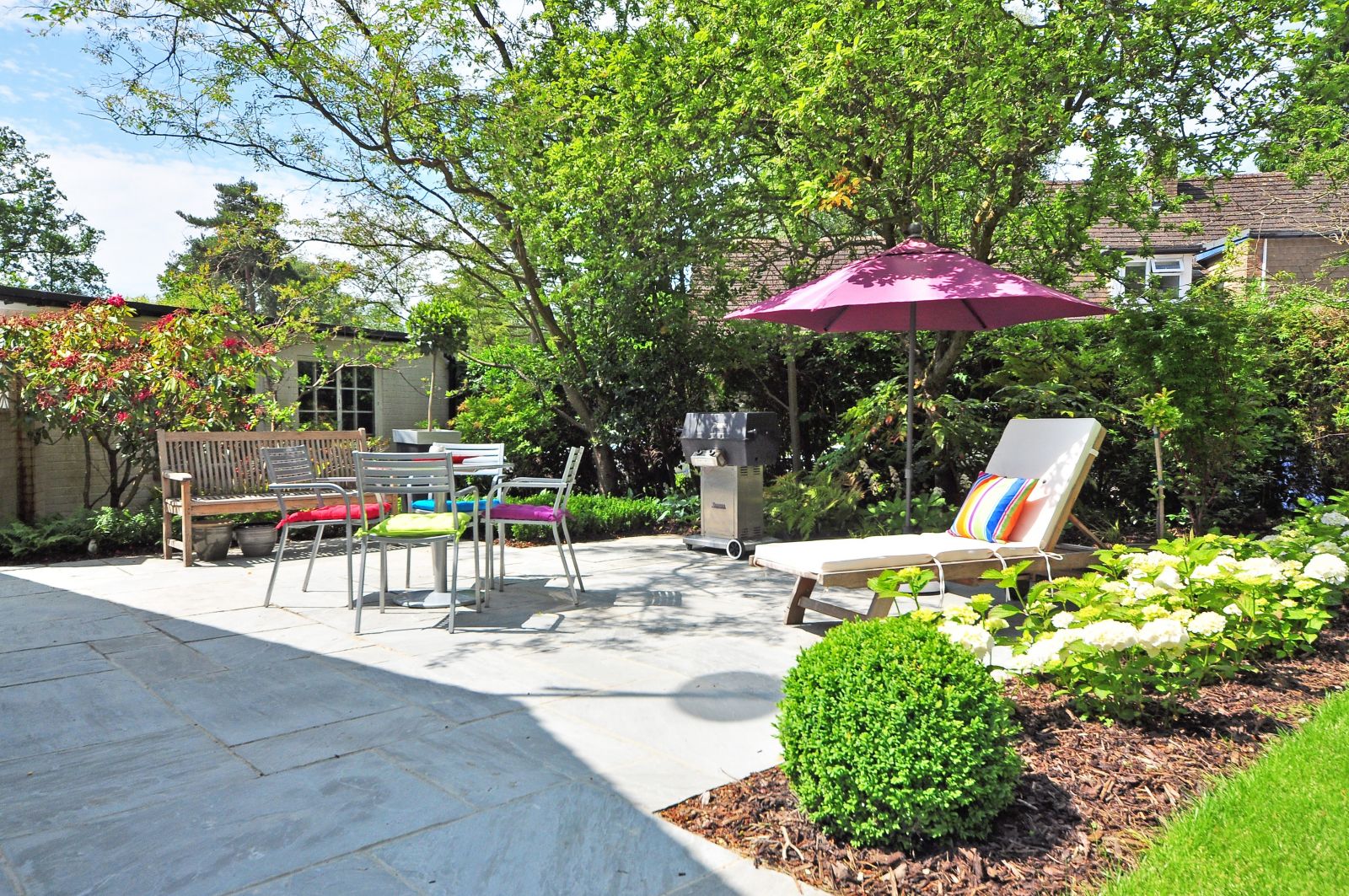
A greener garden is easy with a little awareness and planning. We hope you found these suggestions helpful. Happy gardening!
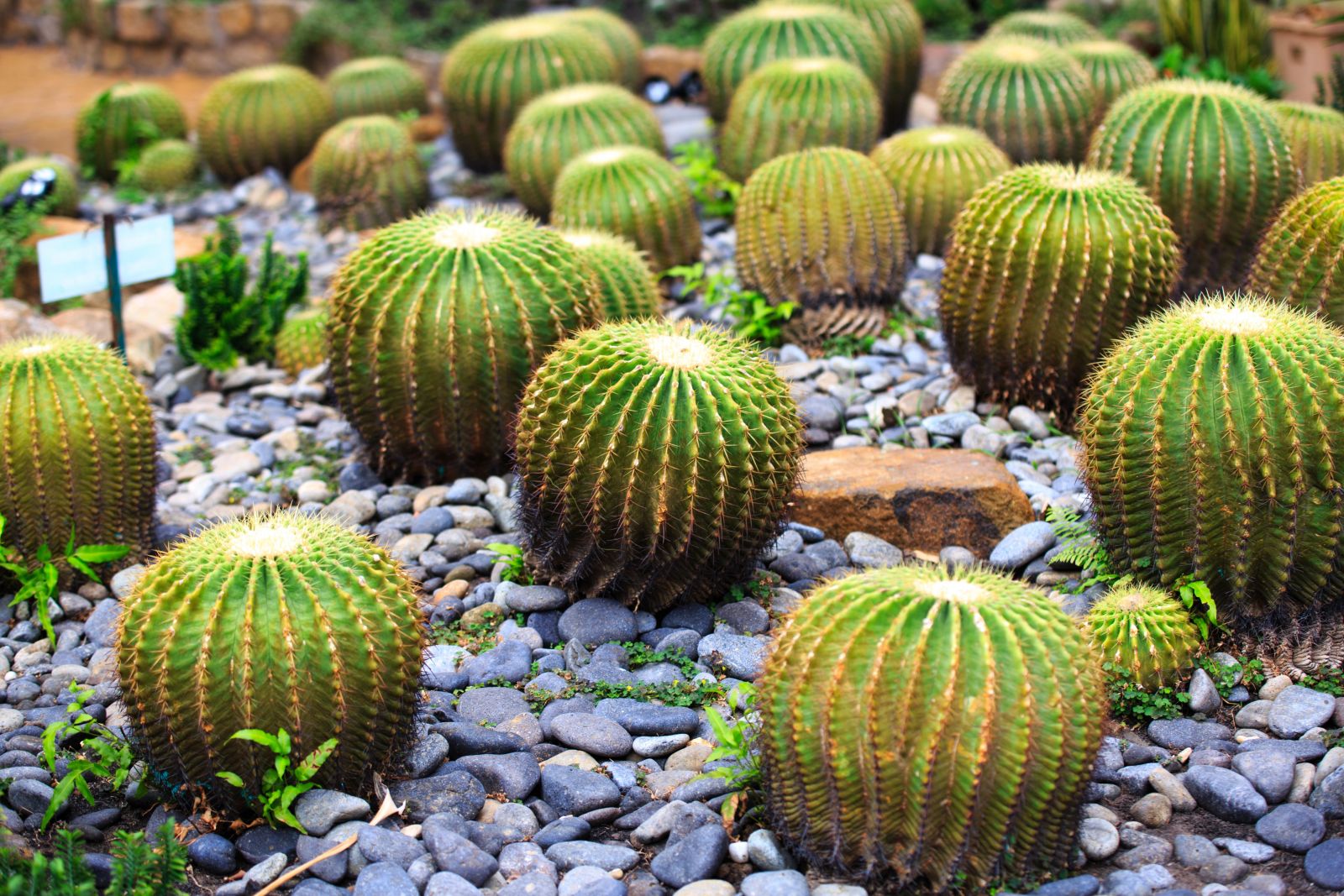
« Back to Blog Posts

